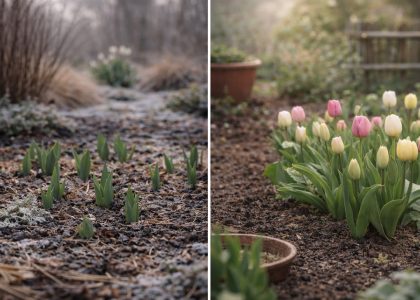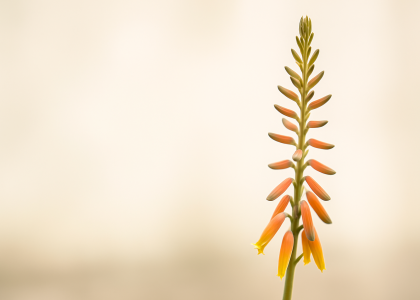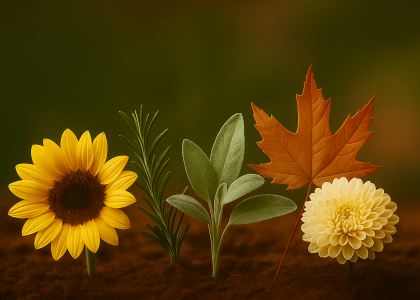You just brought your basil outdoors for some summer sun, and now its leaves are curling and turning pale. Is it sunburn? Or is it something more serious like a fungal infection?
Welcome to one of the most confusing garden dilemmas: plant sunburn vs. leaf disease. Misreading these symptoms can lead to the wrong treatment—and more stress for your plant (and you).
In this quick-reference guide, you’ll learn how to confidently spot the difference between sun damage and plant illness, plus how to fix each problem before it spreads.
Why Getting It Right Matters
Plants face both abiotic stress (like sunburn) and biotic threats (like bacteria and fungi). Using the wrong treatment does more harm than good.
Misdiagnosis Can Lead To:
- Applying fungicide to sun-damaged leaves (wasteful and ineffective)
- Moving a diseased plant into shade (may spread infection)
- Ignoring early warning signs (leading to full plant collapse)
Knowing what you're looking at is the first step to recovery.
How to Identify and Fix Plant Sunburn (Leaf Scorch)
Sunburn happens when plants are suddenly exposed to too much direct sun—especially during heatwaves, after watering, or post-transplant.
Key Symptoms:
- White or pale yellow patches on upper leaf surfaces
- Crispy, dry leaf tips or edges
- Wilted new growth with no pest presence
- Sun-facing damage only
- Occurs after bright, cloudless days or outdoor moves
Common Victims: Basil, ferns, coleus, jade, impatiens, newly propagated cuttings
It’s Not a Disease If:
- The damage isn’t spreading
- There’s no fuzzy, slimy, or blackened tissue
- Only sun-exposed parts are affected
How to Treat Sunburn:
- Trim damaged leaves to reduce stress
- Move pots to partial shade or use shading cloth
- Water deeply in the morning to prevent dehydration
- Acclimate plants gradually to stronger light
Sunburn damage won’t reverse, but healthy new growth will appear.
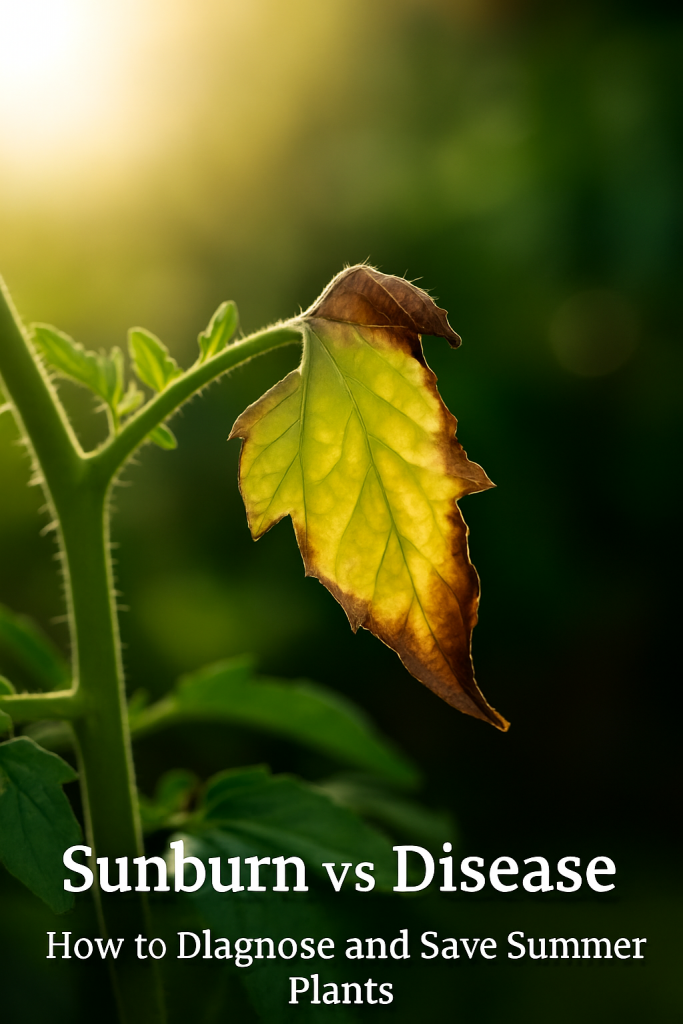
Fungal vs Bacterial Leaf Disease: How to Tell the Difference
Unlike sunburn, plant diseases are caused by living pathogens—and can spread fast.
Warning Signs of Infection:
- Brown or black spots with rings or halos
- Powdery, fuzzy, or slimy growth on leaves
- Yellowing starting at leaf base, moving upward
- Wilting despite moist soil
- Symmetrical patterns across multiple leaves
- May be paired with moldy odor or stem cankers
High-Risk Factors: High humidity, poor airflow, overhead watering, shared tools or containers
How to Treat Disease:
- Isolate infected plants immediately
- Prune affected areas with sterilized scissors
- Apply organic fungicide (e.g. neem oil or copper soap)
- Improve ventilation and avoid wetting leaves
Act fast—many plant diseases can spread across a balcony or raised bed within days.
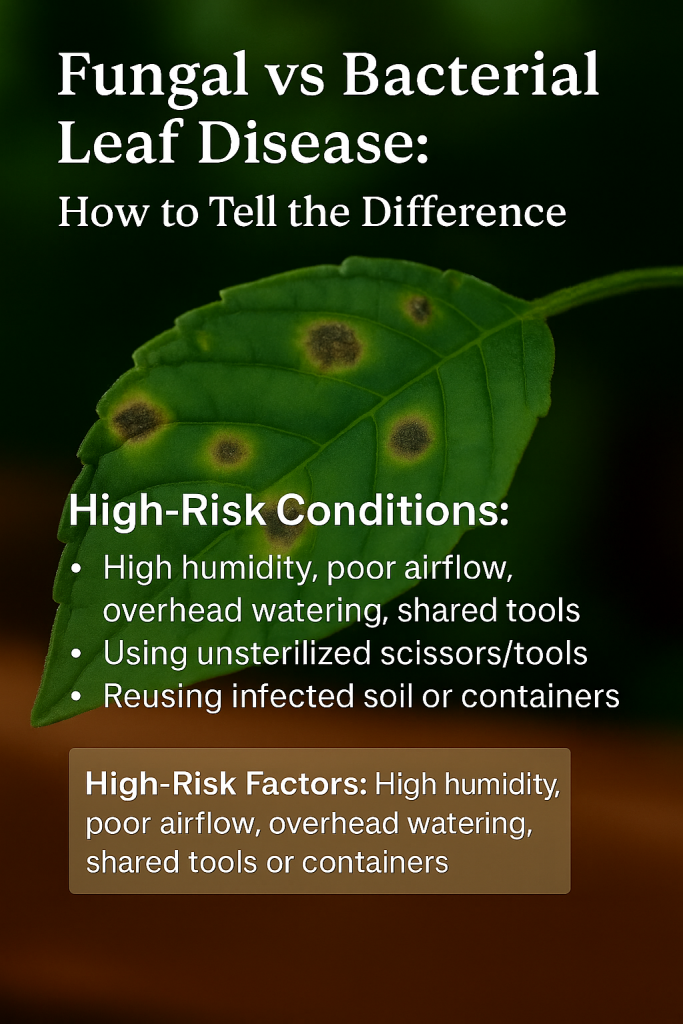
Sunburn vs Disease: Quick Comparison Chart
| Symptom | Sunburn | Disease |
| Color | White/yellow bleaching | Brown/black spotting |
| Texture | Dry, papery | Wet, fuzzy, or slimy |
| Spread | No | Yes (contagious) |
| Location | Sun-exposed leaf surfaces | Random or lower foliage |
| Timing | After hot/sunny conditions | After high humidity / wet foliage |
Prevent Both with Smart Summer Habits
- Use shade cloth during heatwaves
- Apply mulch to keep soil cool and moist
- Choose disease-resistant varieties when possible
- Sterilize containers and tools between uses
- Perform weekly plant health checks
Download Your Free Diagnostic Chart (PDF)
Want to print this chart for quick reference? [Download the Sunburn vs. Disease Troubleshooting Guide]
Related Reads
- How to Make Organic Neem Spray at Home
- Top 5 Pest-Resistant Summer Plants for Balcony Gardens
- Easy Compost Tips for Container Gardens



